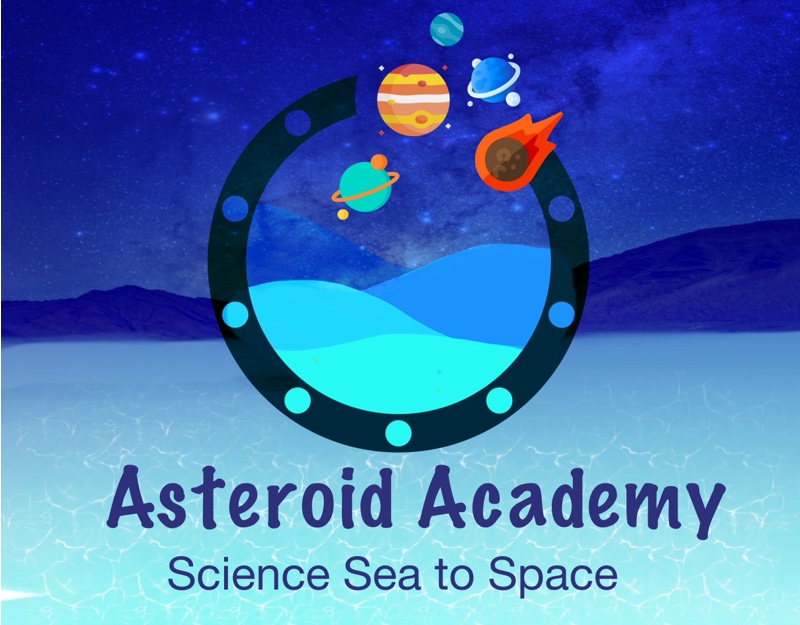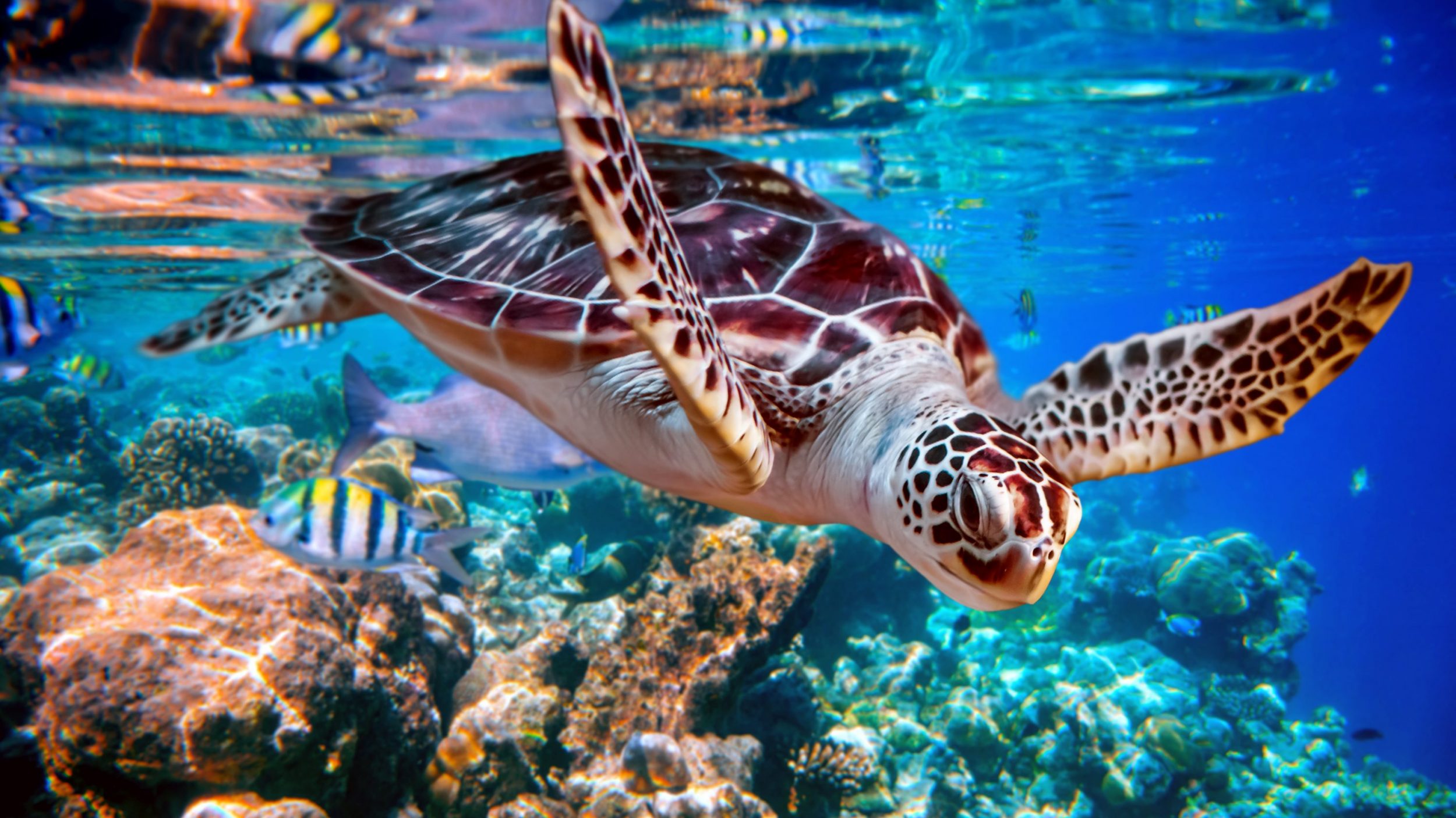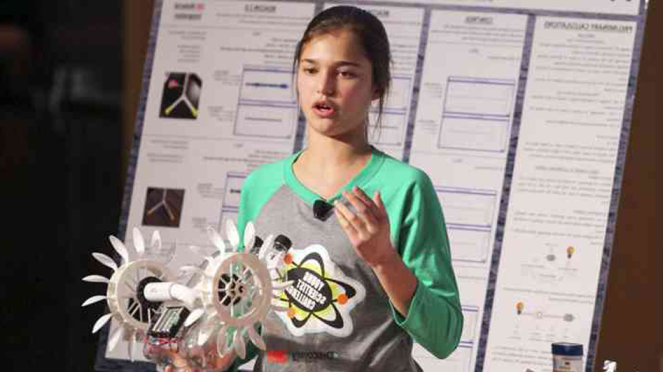
Welcome to Asteroid Academy!
Did you know that humans have mapped more of the surface of the moon and Mars than we have the bottom of the ocean? And did you know that astronauts train underwater for a variety of missions in space? Do you know what zooxanthellae are and why they’re important? Or that there is a planet in our solar system populated entirely by robots, and that one of those robots sings to itself? Any idea what it costs to send a guitar up to the International Space Station?
Over the course of the Asteroid Academy series, you’re going to learn all that and more! The Aquarius Reef Base and Laboratory is an underwater habitat located 5.4 miles (9 kilometres) off Key Largo in the Florida Keys National Marine Sanctuary. It’s deployed on the ocean floor 62 feet (19 meters) below the surface and next to a deep coral reef named Conch Reef. Below, you’ll find a directory of units of study within the Hab Lessons course, along with a brief description of the unit, a list of its lessons and videos, and a notification of completion for each lesson that has been completed.
Within each unit you will also find a Dive Deeper page with additional resources, links and suggested experiments or reading for you to explore. You’ll find that most lessons have a quiz attached, and each unit has a review quiz and vocabulary quiz associated with it as well. Finally, you’ll see that there are review sections periodically that have tests available to use. These sections cover the two or three preceding units, and will help you identify any material you may want to revisit before moving forward.
This is your classroom – come on in!
The Aquarius Habitat, the only underwater saturation environment on the planet, is a unique science lab; learn what and where the Hab is, why it’s useful for NASA, and what we do down there.
★ | 9 TOPICS
What covers less than 25% of the ocean floor, are among the largest living organisms on the planet, can live for thousands of years and impact the entire world?
★ | 10 TOPICS
They may not all seem scary, but they’re monsters none-the-less. What is an invasive species? How does it invade new territory? What are some of the worst invasive species? What’s being done to combat them?
★ | 11 TOPICS
Now that you’ve spent a bit of time swimming around the ocean and hanging out in the Hab, let’s find out what you’ve learned!
★ | REVIEW
Why do your ears pop when you’re flying? Why do you need air tanks when you dive? What is pressure, and how does it affect us, both in the air and below the sea?
★ | 9 TOPICS
Sometimes a job is too difficult or too dangerous for humans to perform, so how do robotic helpers handle the job not only in the sea, but in space as well?
★ | 9 TOPICS
Sometimes a good night’s sleep is hard to find on land, but what about under the ocean or in space? How does micro gravity affect your sleep cycles? What’s happening in your brain while you sleep?
★ | 9 TOPICS
Having trouble sleeping? Feeling the pressure? Dreaming of robots on Mars? Let’s see what you really know…
★ | REVIEW
What’s the farthest distance you’ve ever traveled? Did it take hours? Days? Years? Our solar system is a huge place, but it’s worth exploring.
★ | 9 TOPICS
What’s the farthest distance you’ve ever traveled? Did it take hours? Days? Years? Our solar system is a huge place, but it’s worth exploring.
★ | 12 TOPICS
Just what does the outer edge of our solar system look like, and how far out does it really extend? The answers might just surprise you!
★ | 9 TOPICS
You’ve travelled the solar system, you’ve searched for life in the universe, but did you learn anything? Let’s find out…
★ | REVIEW
Your Asteroid Academy Progress












